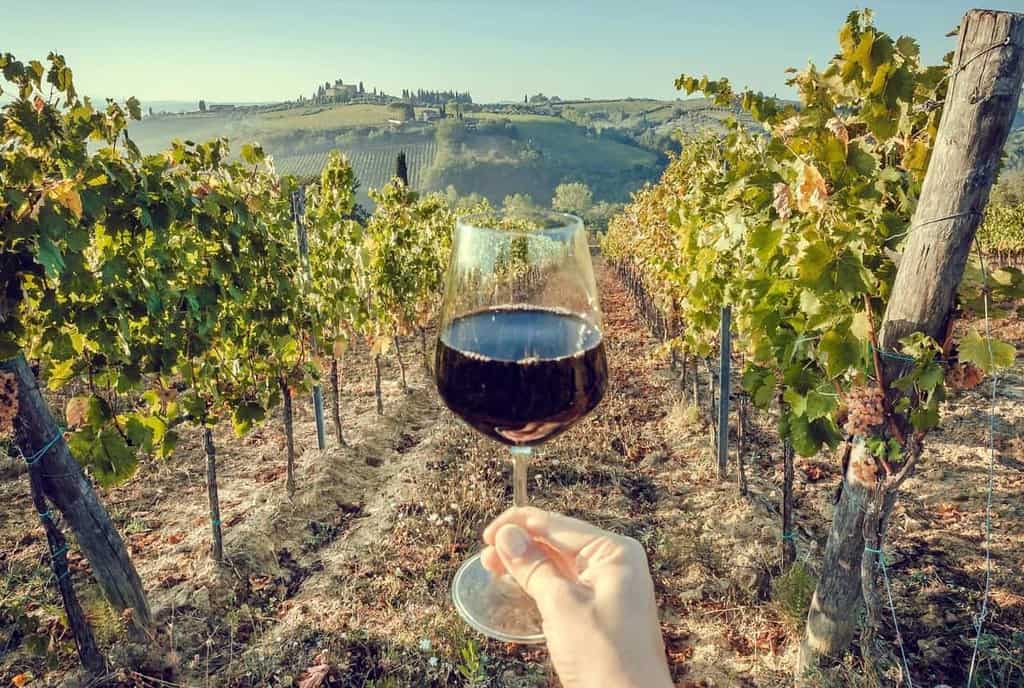Natural Wine and What’s Inside
When I mentioned to a few wine friends that I was working on an article about natural wine, I got some interesting responses, all with the same sentiment:
Are you crazy? Good luck with that! And 😐
As I continued my research, I realized that the topic of natural wine should be added to the list of discussions to avoid on first dates, at dinner parties, and in job interviews. Warning: to date, there are no governing organizations or regulations for defining or labeling any wine as “Natural” in the European Community, North American, South America, Australia, and New Zealand.
A few things most agree upon, to varying degrees however, is that there is no addition of sulfur, sugar, acid, tannins and chemicals while maintaining native yeasts. That said, a few definitions that most people can live with are:
“Natural wine is a wine to which nothing is added, and nothing is taken away.” Notes Alice Feiring, Natural Wine for the People
“Natural wines are wines made with the least possible use of chemicals, additives and overly technological procedures. That includes chemicals in the field, such as pesticides, as well as things like sulfur or any of the almost 200 allowed additives that are legally permitted in wine, “ says Jack Kelly.
Are You Still with Me?
Because I’m about to throw farming into the mix. True natural wines are grown organically or preferably biodynamically and transform into wine without adding or removing anything through the entire winemaking process. Many natural winemakers refer to their wines as alive or raw and compare the exploration of tasting their wine to taking a walk in a vineyard, picking grapes and putting them in a bottle; to preserve the microbiological life of its place and time.
The “raison d’etre,” or “reason for” is to capture the life-force and the living organisms that are native to the fruits’ home; the grapes carry a tiny piece of earth with a creative potential that the Natural Winemaker carefully shepherds into a bottle. Here the vineyard resides until that bottle is opened and its rare universe is explored.
How Did The Natural Wine Trend Start?
The natural wine moment as we know it today began in the Village of Morgon in the French wine region of Beaujolais. In 1981 Marcel Lapierre met Jules Chauvet, Lapierre had taken over his family’s Domaine in 1973 and Chauvet was a winemaker, a researcher, a chemist, and a viticulturalist. Chauvet was against chemical fertilizers and pesticides and campaigned for a return to traditional wine methods of Beaujolais. Lapierre liked Chauvet’s wines and realized that he farmed organically.
Rapidly, other local vignerons took notice of the favorable results, not only in the wines but also in the vineyard. Thus a small but mighty group of winemakers began returning to Beaujolais’ past practices of viticulture and vinification: starting with old vines, never using synthetic herbicides or pesticides, harvesting late, rigorously sorting to remove all but the healthiest grapes, adding minimal doses of sulfur or none at all and refraining from adding sugar.
All of this is important because, since Lapierre and Chauvet, an astonishing number of winemakers both young and old are adopting or claim to have taken up Natural Winemaking practices in part or whole. And since there are no rules or regulations, it’s important to know who’s who and what’s up from down. It’s like all the variations of being vegetarian combined with gender neutrality.
What to Expect in a Natural Wine
Natural wines are known for being funky, gamey, yeasty and a cloudy. They are often much less fruity and can have a toasted nut aroma profile. They often smell like yogurt, cheese, beer, or cider. They can taste, smell, and feel different to varying degrees between bottles of the same wine. Some natural wines finish fermenting in, bottles, which causes it to carbonate with a natural spritz. They can contain tartaric or wine crystals and throw sediment. These are just a few examples of what to expect, and they are all-natural.
Natural Wines to Try and Where to Buy
To taste how it all started I recommend trying Marcel Lapierre, Morgon, Gamay form France’s Beaujolais region and Guy Breton Cote De Brouilly, Gamay also from the Beaujolais region, both wines are imported by Kermit Lynch Wine Merchant. Other importers to look for are Rosenthal Wine Merchant, Louis Dressner Selections and Jenny & François Selections.
